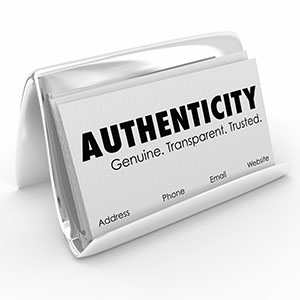
How do you get a magazine or newspaper to write about your product for free? And why would you want to pursue press coverage before you engage in advertising? I went into great detail answering these questions during my presentation at a Feb. 12, 2016 Eliances “Secret Session” in Scottsdale, Arizona. Maybe you were there. In the meantime, here’s a teaser about what I shared…
Let’s answer the second question first. Without taking time now to address all the confusion that continually exists out there regarding public relations vs. marketing (that’s for another blog post), suffice it to say that securing editorial coverage for your product (one of the many roles of public relations) can help to create a favorable environment for your subsequent advertising and other marketing.
News coverage helps create awareness of your product. That means when your sales staff is making a sales call, it’s possible they may encounter a sales prospect who says, “Oh yes, I remember reading about your products in [such-and-such] magazine the other week.” Having a sales prospect familiar with your product before you make the contact means you already have a “warm” prospect. That’s part of the magic of news media relations.
The first step in securing news coverage is having a story that’s newsworthy. This is vital. Fluff won’t do (save that for your pillows). What is unique about your product or service? How will it improve someone’s life? Why is it needed? Tell your story, but tell it factually, without hype and flowery language. Reporters just want the facts.
Next, identify whom you want to reach. Is it a local or national story? Is it for consumer or trade press? Then, build the appropriate targeted news media list. Now, without having access to an online database of news outlets throughout the U.S., this is very difficult (and there’s only 1 such database I recommend). Hence, one of the reasons businesses hire a PR pro. Any bona-fide PR pro will have access to such a database and can easily build this list for you with a specific contact at each news outlet. It’s much better to address a specific person than to use a generic salutation like, “Dear Editor.”
Then comes the all-important “pitch letter.” This is not a news release, but rather it’s a sales letter. In additional to having a mastery of AP Style, a great PR pro will also be well versed in writing sales copy that will sell the editor on your story idea.
How do you do that? How many pitches should you send out? What do you do after you secure some news coverage? I can give more details about all that in future blogs. If you have a story for the press that can’t wait, then contact me.
Jeff Pizzino, APR (Accredited in Public Relations), is the Chief Authentic Officer of AuthenticityPR. He’s worked in public relations since graduating from BYU with a Communications degree in 1987. He also holds an M.B.A. Jeff brands himself as a “spin-free, PR purist” and exclaims he’s on a never-ending crusade to give PR… good PR. His PR firm specializes in improving an organization’s performance and profitability by telling its story with clarity, impact and authenticity. He does so via a myriad of communications tools, including news releases, social media, blogging, website content, video and more. If you want to learn more about customer-centric practices, authenticity and simply “doing the right thing” at all times, stalk Jeff on Twitter/X by following” @PRjeff

